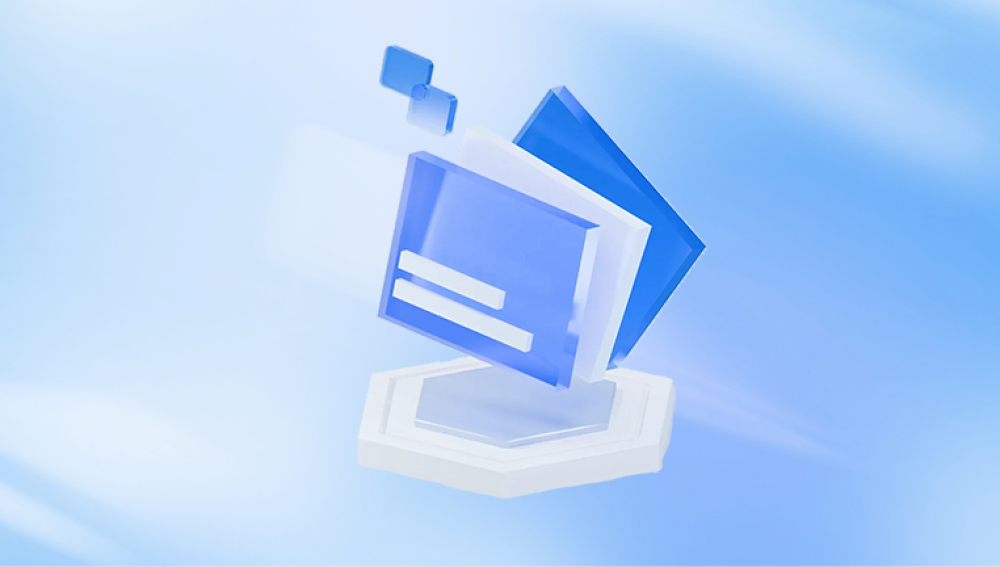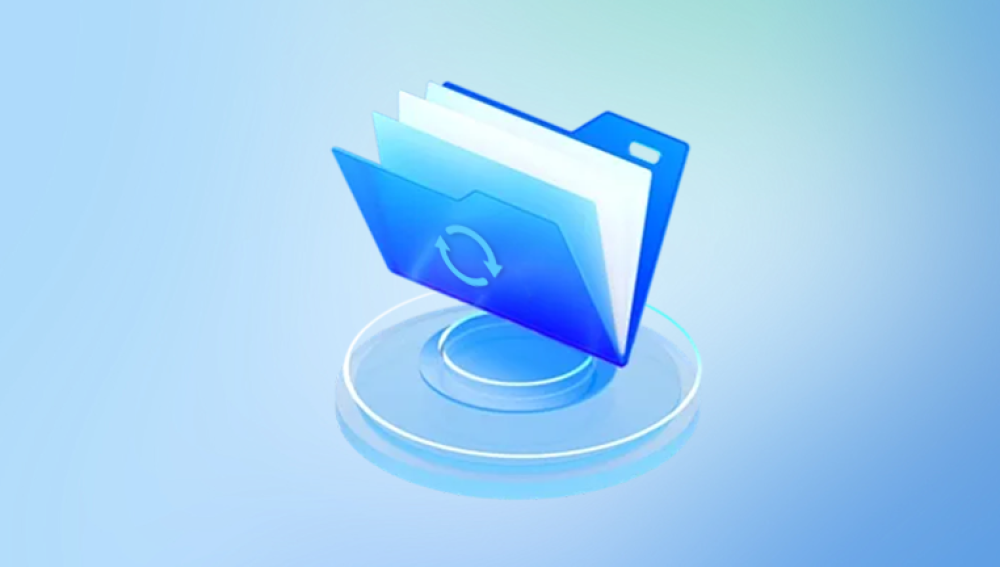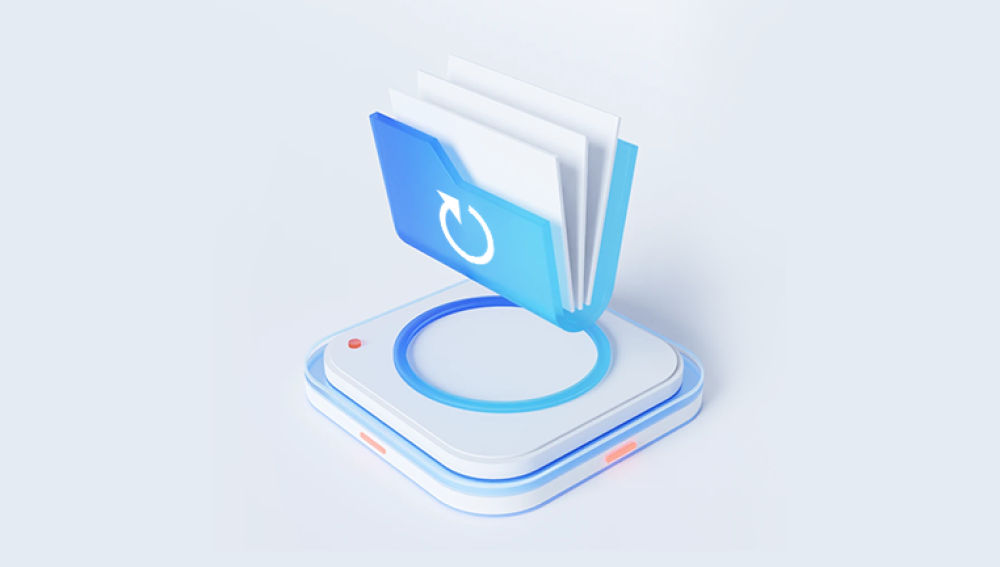SD cards are small yet powerful storage devices used widely in smartphones, cameras, drones, and other digital equipment. Their portability and high capacity make them incredibly convenient. However, they are also prone to corruption due to improper removal, malware infection, file system errors, or physical damage. When an SD card becomes corrupted, the data within it may seem lost or inaccessible.
Chapter 1: SD Card Corruption
1.1 What is SD Card Corruption?
SD card corruption occurs when the file system on the card becomes unreadable or damaged. This can manifest in various ways:
The card shows as empty or unformatted.
Devices prompt you to format the card.
Error messages like "SD card not recognized" or "Insert disk into drive."

1.2 Common Causes of Corruption
Improper Ejection: Removing the card without safely ejecting it.
Power Failures: Sudden shutdowns during read/write operations.
Virus/Malware: Infections that tamper with file structures.
Physical Damage: Water, heat, or bending the card.
File System Errors: Bad sectors, improper formatting, or aging storage.
1.3 Early Warning Signs
Slower access speeds
Frequent read/write errors
Files becoming inaccessible
Unknown file formats appearing
Chapter 2: Initial Steps Before Recovery
2.1 Stop Using the Card
Continued use can overwrite recoverable data. Immediately remove the card from the device.
2.2 Inspect for Physical Damage
Check for visible cracks, chips, or debris. If physically damaged, avoid DIY recovery and consider professional help.
2.3 Test with Multiple Devices
Insert the SD card into different devices (phones, cameras, or computers). Use multiple card readers or USB adapters.
2.4 Avoid Formatting Immediately
If prompted to format, click "Cancel." Formatting may overwrite existing data and complicate recovery.
Chapter 3: Recovery Methods
3.1 Using Windows CHKDSK Command
Windows has a built-in utility to fix file system errors.
Insert the SD card into your PC.
Open Command Prompt as administrator.
Type: chkdsk X: /f (Replace X with your SD card's drive letter).
Press Enter. Windows will attempt to fix errors and recover data.
3.2 Assigning a Drive Letter
If the card is detected but no letter is assigned:
Open Disk Management.
Right-click the SD card.
Select "Change Drive Letter and Paths" and assign a letter.
3.3 Using File Explorer or Hidden Folder Access
Sometimes files are hidden or appear deleted.
Open File Explorer.
Go to the SD card.
Click View > Hidden Items to reveal hidden files.
Chapter 4: Using Recovery Software
4.1 Choosing the Right Tool
Select software that supports SD card recovery and offers a deep scan feature. Drecov Data Recovery, and Panda Assistant are popular options.
4.2 How to Use Recovery Software
Download and install the software on your computer.
Insert the corrupted SD card.
Launch the software and select the SD card.
Choose Quick Scan or Deep Scan.
Wait for the scan to complete.
Preview and select the files you want to recover.
Save recovered files to a different location (not the SD card).
4.3 Recovery from RAW File System
If the SD card appears as RAW:
Recovery tools can often extract data.
Do not format until recovery is attempted.
Chapter 5: Advanced Recovery Techniques
5.1 Using Disk Image Tools
Create a disk image of the SD card to prevent further damage:
Use tools like ddrescue or Win32 Disk Imager.
Recover files from the image instead of the actual card.
5.2 Hex Editor Recovery
For advanced users:
Open the SD card image in a hex editor.
Search for file signatures (e.g., JPG = FF D8 FF).
Manually carve out file segments.
5.3 Linux-Based Recovery
Linux systems can sometimes access files Windows cannot:
Use commands like mount, fsck, and photorec.
Mount the SD card as read-only to avoid data modification.
Chapter 6: When to Use Professional Recovery Services
If the SD card is physically damaged, making strange noises, or not detected at all:
Avoid DIY fixes that might worsen the damage.
Contact a certified data recovery lab.
Benefits of Professional Help
Cleanroom environment to prevent contamination.
Specialized tools for chip-off recovery.
Higher success rate for severe corruption cases.
Chapter 7: Preventing Future Corruption
7.1 Proper Handling and Ejection
Always eject safely before removal.
Avoid exposing the card to water, dust, or extreme temperatures.
7.2 Backup Strategy
Regularly copy files to a computer or cloud storage.
Use automated backup tools when possible.
7.3 Use Quality Cards
Stick to trusted brands like SanDisk, Samsung, and Kingston.
Avoid counterfeit cards with unreliable components.
7.4 Monitor SD Card Health
Use diagnostic tools provided by manufacturers.
Replace old or frequently used cards proactively.
Chapter 8: Common Mistakes to Avoid
Formatting the card before recovery attempts
Using low-quality or unlicensed recovery software
Writing new data to the SD card
Ignoring early warning signs
Delaying the recovery process




